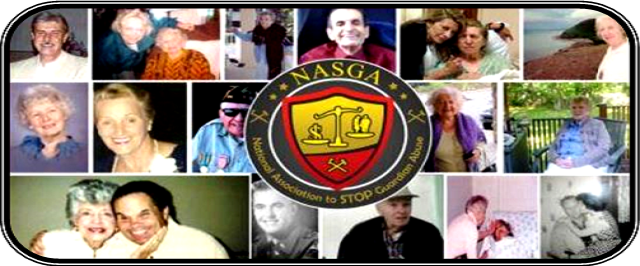By Holly Kellner Greuling RDN, National Nutritionist for the Administration on Aging
Senior Malnutrition in our country is an epidemic hiding in plain sight. It is estimated that almost 50 percent of older Americans are malnourished. During Malnutrition Awareness week let’s commit to ending this problem.
Many inter-related factors can contribute to malnutrition. Some elderly people may live in a food desert and may not be able to buy nutrient-dense food. Some may not have the stamina to cook a meal or may not want to cook because they are feeling down. Others may not eat because they do not feel well enough to eat.
Many people are surprised to hear that malnutrition in our country is usually not due to a lack of funds to purchase food. But if you know someone who struggles to eat well for financial reasons, help is available. The USDA’s Supplemental Nutrition Assistance Program (SNAP) can help people determine whether they qualify.
Malnutrition is defined as a nutrition imbalance that affects both overweight and underweight individuals and it sneaks up on people. Because malnutrition generally occurs over time, you cannot suspect malnutrition from just looking at someone. That is why malnutrition hides in plain sight.
Fortunately, there are changes that you can watch for that serve as clues:
- Unintentional weight loss of 5 percent of body weight or more per month, even if overweight
- Normally worn clothes looking loose or baggy
- Eating less at meal time
- Failing strength, wobbly walking or weakened hand grip
- Changes in denture fit, or dentures that appear to be floating in the mouth
The Aging Network created through the Older Americans Act has provided community-based nutrition programs that help sustain the nutritional status of older adults since 1972. The network has the knowledge to address senior malnutrition within the community and can partner effectively with local providers and health care organizations that serve older adults. And we know these programs work: In recent surveys, 76 percent of people who participate in meals programs at senior centers and in other group settings indicated that they eat healthier foods and that their health has improved as a result of the nutrition program. Eighty-four percent of the people who receive home-delivered meals indicate the same.
Want to help decrease senior malnutrition? Please consider the following:
- If you are concerned about your nutritional status or that of a loved one:
- Download and use one of the following nutrition screening tools: DETERMINE Checklist, the Mini Nutritional Screening tool or use the Malnutrition Screening Tool online.
- Discuss the results with your medical professional.
- If you or your loved one are hospitalized and have been diagnosed with malnutrition:
- Ask how it will be handled after discharge.
- If you represent a community-based health care organization, or your program is funded by the Older Americans Act:
- Share one of the several ASPEN Malnutrition Posters, or
- Join the DefeatMalnutrition.Today movement and use their material.
- Add malnutrition interventions to your nutrition education programming.
- If you are a health care provider:
- Add an in-home nutritional assessment and (if necessary) nutritional programs to your services. This one service could help you locate your malnourished participants in enough time to act and prevent further decline.
- If you are a medical provider or health care institution:
- Establish protocols for malnutrition screening and offer nutritional interventions during hospitalization and after discharge.
Full Article & Source:
Combatting Senior Malnutrition


2 comments:
Have you ever seen dinner at most nursing homes? No wonder the elderly quit eating.
Most elderly people have a slowed appetite and it's a battle to get them to eat enough. Couple the natural flow with horrible food and depression and it's a recipe for disaster.
Post a Comment